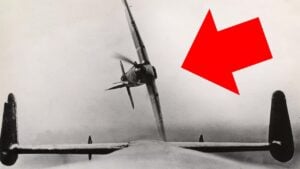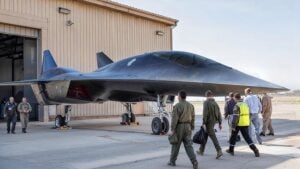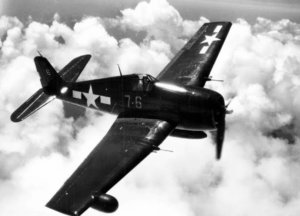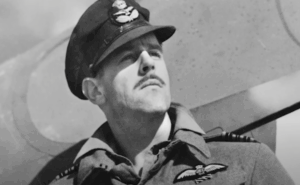What Happened To Germany’s Own Superfortress?
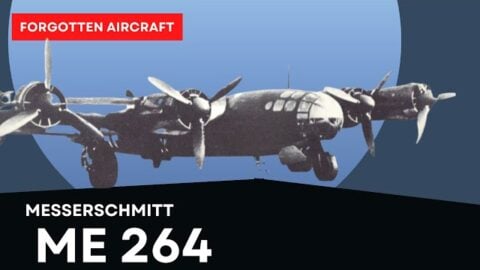
YouTube / Ed Nash's Military Matters
It’s often forgotten that Adolf Hitler fully expected to go to war with the United States—and German aircraft designers were already planning for it. One of them, Willy Messerschmitt, saw it as a rare opportunity to build a new kind of warplane: a long-range bomber capable of striking the American mainland. The result was the Messerschmitt Me 264, a sleek, ambitious design that never made it past a single prototype.
A Vision for Transatlantic Attack
By March 1941, the Luftwaffe’s High Command issued an order for 24 new long-range bombers, part of what would become the “Amerikabomber” program. Messerschmitt received materials to begin construction of six prototypes. While other firms competed for the project, the Me 264 had momentum—at least on paper.
The aircraft was based in part on earlier long-range Messerschmitt projects like the Me 261, originally designed for ultra-long-distance diplomatic flights. Its trapezoidal wings spanned an impressive 141 feet—larger than the American B-17 Flying Fortress. Power would eventually come from four BMW 801 radial engines, each producing over 2,000 horsepower.
Willy Messerschmitt’s Role
Willy Messerschmitt, known for designing the legendary Bf 109 fighter, had long been fascinated by range and speed. His earlier work on the Me 261 proved that Germany could build aircraft capable of crossing oceans. But his company was also overextended—trying to improve the troubled Me 210, scale up Bf 109 production, and develop the revolutionary Me 262 jet.
This left limited resources for the Me 264, and internal politics within the German aviation industry didn’t help either.
A Prototype That Never Had a Chance
The first Me 264 prototype (V1) finally flew in December 1942, nearly two years after the initial order. It was pulled from flight testing in August 1943 for upgrades, but by then, it was already clear that the war’s momentum had shifted. Two additional prototypes were under construction—V2 with armor and V3 with defensive guns and a bomb bay—but neither ever flew. The V2 was destroyed in a U.S. bombing raid later that year.
When the sole flying Me 264 was destroyed in another raid in July 1944, the project was effectively dead, though it wouldn’t be officially cancelled until September.
Could It Have Bombed the U.S.?
Technically—not in its tested form. The prototype lacked the range to reach the U.S. East Coast and return. There were plans for a six-engine version that may have made the crossing possible, but it never advanced beyond the design phase. Germany’s industrial base was collapsing, and the Luftwaffe was now fighting a defensive war against relentless Allied bombing. A bold offensive weapon like the Me 264 simply no longer fit the strategic picture.
Conclusion
The Me 264 remains a fascinating “what-if” of aviation history—a sleek, modern-looking bomber born from ambition but ultimately undone by timing, politics, and war. Today, it’s a reminder of how even the most advanced designs can fall short when the world around them collapses.
















